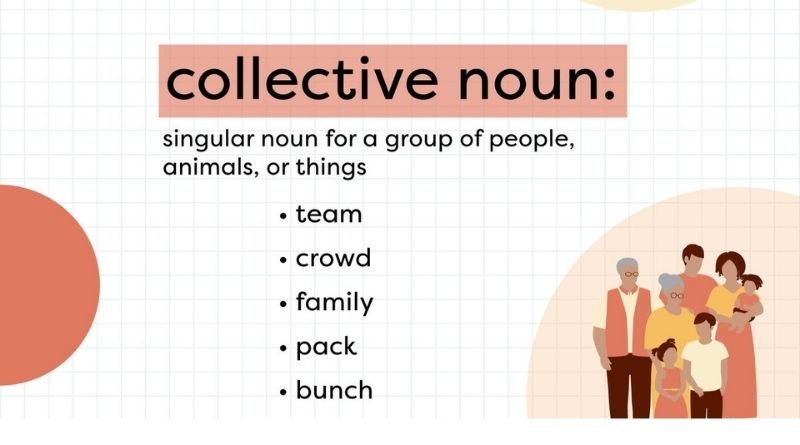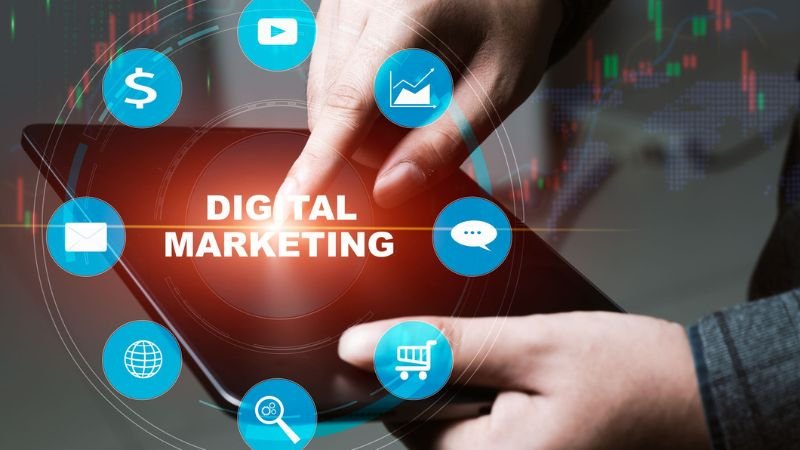Call Center Metrics KPIs to Enhance Efficiency
Call centers are used in just about every business sector to provide customer service, marketing communications, and sales services. Call center metrics and KPIs (key performance indicators) allow you to monitor what works and what doesn’t so that you can make adjustments where needed to improve efficiency. These key performance indicators can help determine which of your calls are effective, how long your customers are on hold, and whether or not your employees are performing their jobs according to plan. Here’s an overview of 8 call center metrics and KPIs to enhance your business’s efficiency.
1) Abandoned Calls
Abandoned calls are one of the top 11 call center metrics & KPIs to enhance efficiency. This happens when a caller hangs up before their call is answered. It’s important to track this metric so you can identify any issues with your phone system or staffing levels. When looking at the abandonment rate, calculate it by dividing the number of abandoned calls by total calls. And remember that different industries have different abandonment rates: for example, financial services usually has higher rates than retail stores. Some other examples of top 11 Call Center Metrics & KPIs to Enhance Efficiency include average handling time, first contact resolution rate, average talk time per agent per day and workforce utilization ratio.
2) Average Handle Time
Average Handle Time (AHT) is one of the most important performance metrics for a call center. It measures the average amount of time it takes for an agent to handle a customer interaction from start to finish. AHT includes talk time, after-call work time, and hold time.
3) First Call Resolution
A metric that is often used to determine the effectiveness of a call center is first call resolution, or FCR. This measures the percentage of calls that are resolved on the first contact with the customer. To calculate FCR, divide the number of calls that are resolved on the first contact by the total number of calls received, and multiply by 100. The higher the FCR, the more efficient your call center is. However, there are other factors to consider when determining how well your call center is performing. For example, if the contact results in a positive outcome for the customer such as an apology or offer of service at no charge, then the FCR would be lower than if it was not resolved positively for the customer (such as when their issue was fixed but they were charged for it). In this case, it would be considered a top 11 Call Center Metrics & KPIs to Enhance Efficiency.
4) Average Handle Time by Level (IVR, CSR, etc.)
This metric will give you an idea of how much time each level of your call center is taking to handle calls. If you see that one level is consistently taking longer than the others, you can adjust your staffing or training accordingly.
First Call Resolution Rate (FCR) (five sentences): This metric measures how often your callers’ issues are resolved on the first call. A high FCR rate means that your customers are happy and that your call center is running efficiently.
5) Web Lead Sources
If you want to increase the efficiency of your call center, it’s important to track the right metrics and KPIs. Here are 8 essential call center metrics and KPIs that will help you run a more effective operation:
- Answer Rate
- Average Handle Time
- First Call Resolution Rate
- Abandonment Rate
- Agent Utilization Rate
- Occupancy Rate
- Schedule Adherence Rate
- Service Level
6) Number of Bounces per Week/Month
Bounces are a metric that can be used to measure the efficiency of your call center. Bounces occur when a caller hangs up before their call is answered. The number of bounces per week or month can be used to track the performance of your call center. By tracking this metric, you can identify trends and make changes to improve the efficiency of your operation. For example, if you notice an increase in bounces during peak hours (7-9am and 4-6pm), it may indicate that staffing levels need to be adjusted accordingly.
7) Numbers Denied per Week/Month
One of the most important things to track in a call center is the number of calls that are denied per week or month. This number can be used as a metric to determine how well your team is doing in terms of customer service. If the number of calls that are denied starts to increase, it may be an indication that your team is not providing the level of customer service that is expected. Additionally, this metric can also be used to identify trends in customer service so that you can make changes to improve the overall experience.
8) Quantity vs Quality of Leads
The first metric we’ll discuss is quantity vs quality of leads. It’s important to track both the number of leads coming in and the quality of those leads. A good way to measure lead quality is by looking at the conversion rate – how many leads turn into paying customers? If you’re generating a lot of leads but they’re not converting, that’s a sign that your leads are low quality. Conversely, if you’re struggling to generate any leads whatsoever then it may be time to re-evaluate your marketing strategy.
You can also segment your data based on different types of leads: have you been working on getting brand awareness or new customer leads? Segmenting this data will allow you to see what type of marketing tactics are performing best for which type of lead generation goal. You can also look at other sources like website traffic and phone calls, so that you can figure out which specific campaign has been most successful.











